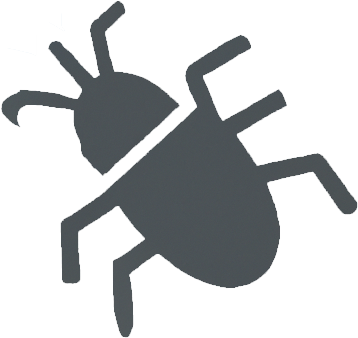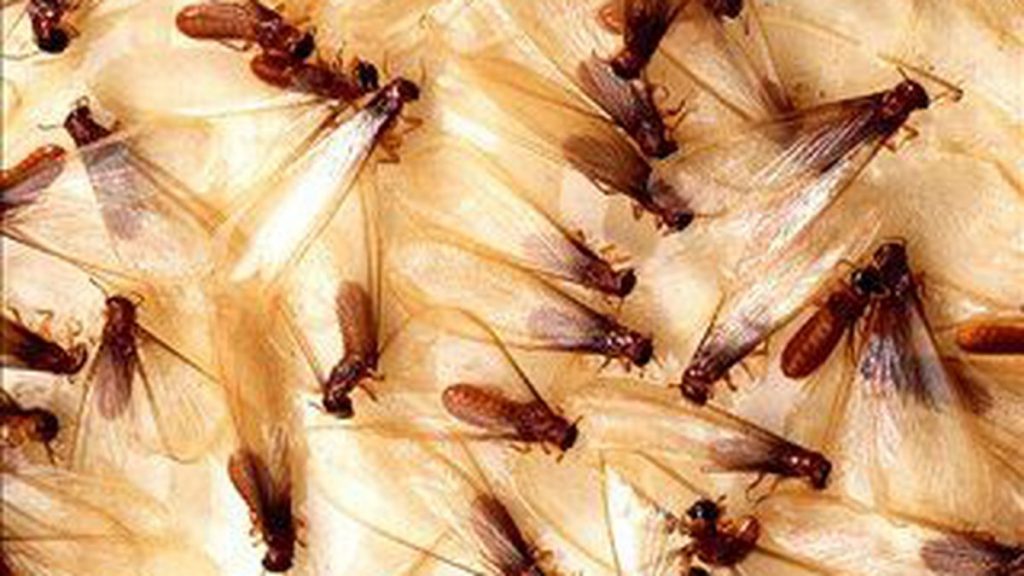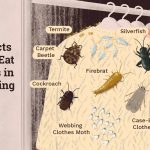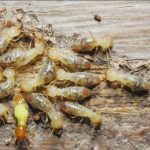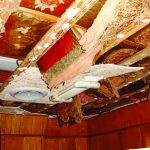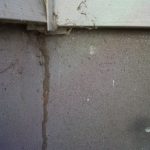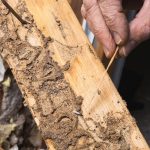Termites are a common problem for homeowners in Texas. While these tiny insects may seem harmless, they can cause significant damage to properties if left unchecked. In this article, we will explore the dangers of termites in Texas, from their destructive habits to the best methods of pest control.
Types of Termites in Texas
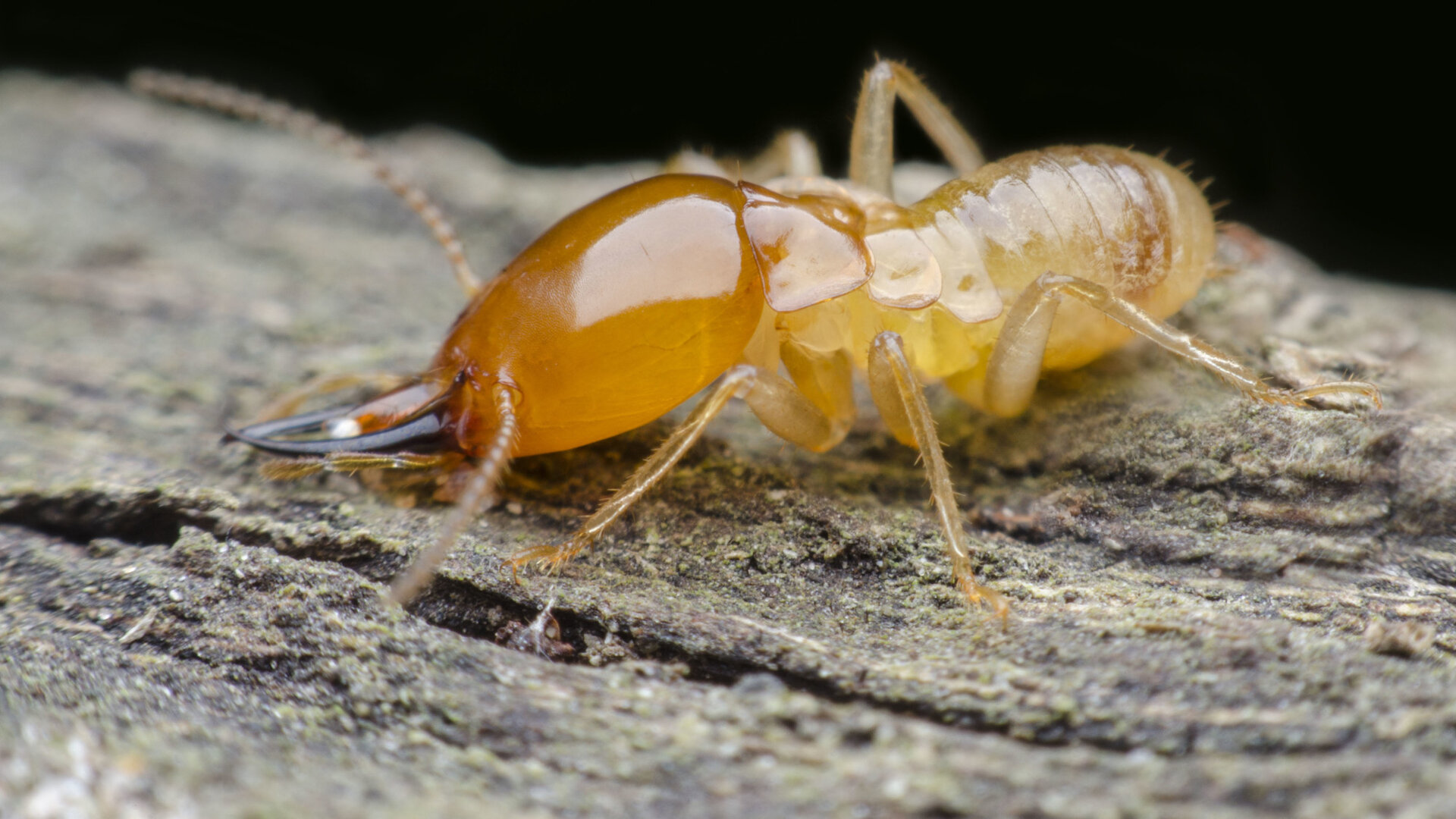
1. Flying Termites
Flying termites, or alates, are the reproductive caste of the termite colony and are responsible for finding new sources of wood to start colonies. They have wings and are seen swarming in the spring and summer months in Texas.
2. Black Termites
Black termites, also known as mound-building termites, are a species of subterranean termites found in Texas. They are the most common and widely distributed termites in the United States. They feed on wood and cause damage to structures by forming mud tunnels to reach food sources.
3. Drywood Termites
Drywood termites are a species of wood-destroying insect that infest dry, undecayed wood and are found in Texas. They can cause extensive damage to furniture and other wooden items, as well as structural damage to buildings. Drywood termites do not require contact with the soil and can live in any dry wood they infest.
Commonality of Termites in Texas
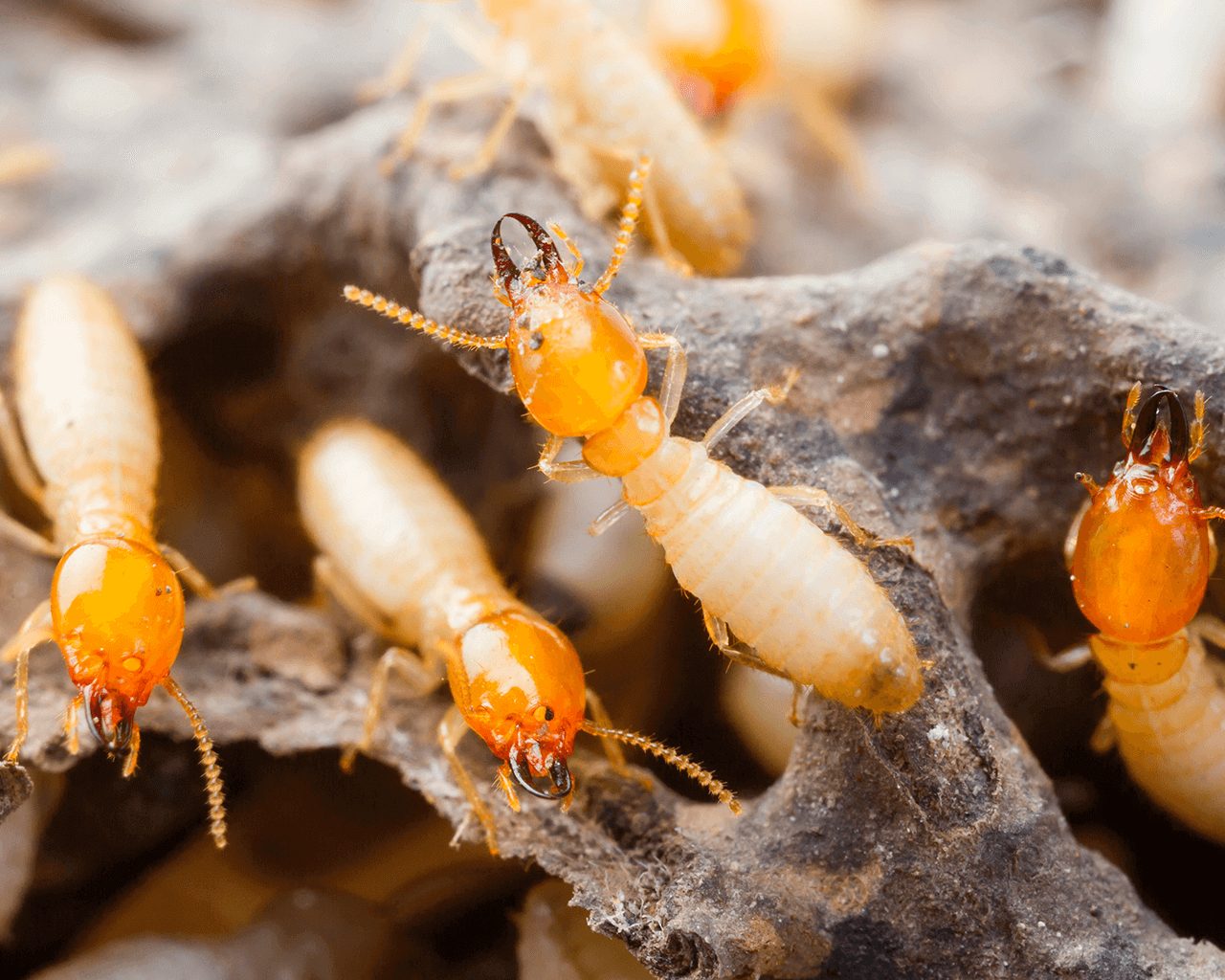
Termites are a very common problem in Texas, especially in the spring and summer months. This is due to the hot and humid climate, which provides the perfect environment for termites to thrive. The most common species of termites in Texas are the Subterranean, Formosan, and Drywood Termites.
| Species | Habitat | Damage |
|---|---|---|
| Subterranean | Ground | Structural |
| Formosan | Ground & Trees | Structural & Trees |
| Drywood | Wood | Furniture & Structural |
Subterranean Termites are the most common and destructive, as they live in the ground and are responsible for most of the structural damage caused by termites. Formosan Termites are typically found in the ground, but can also infest trees. They cause damage to both trees and structures. Drywood Termites are the least common and are most often found in structures, such as furniture and walls. They cause damage to furniture and structures.
The best way to protect your home from termites is to have regular termite inspections and to address any issues immediately. If you think you may have a termite infestation, contact a licensed pest control professional as soon as possible.
When Do Termites Swarm in Texas
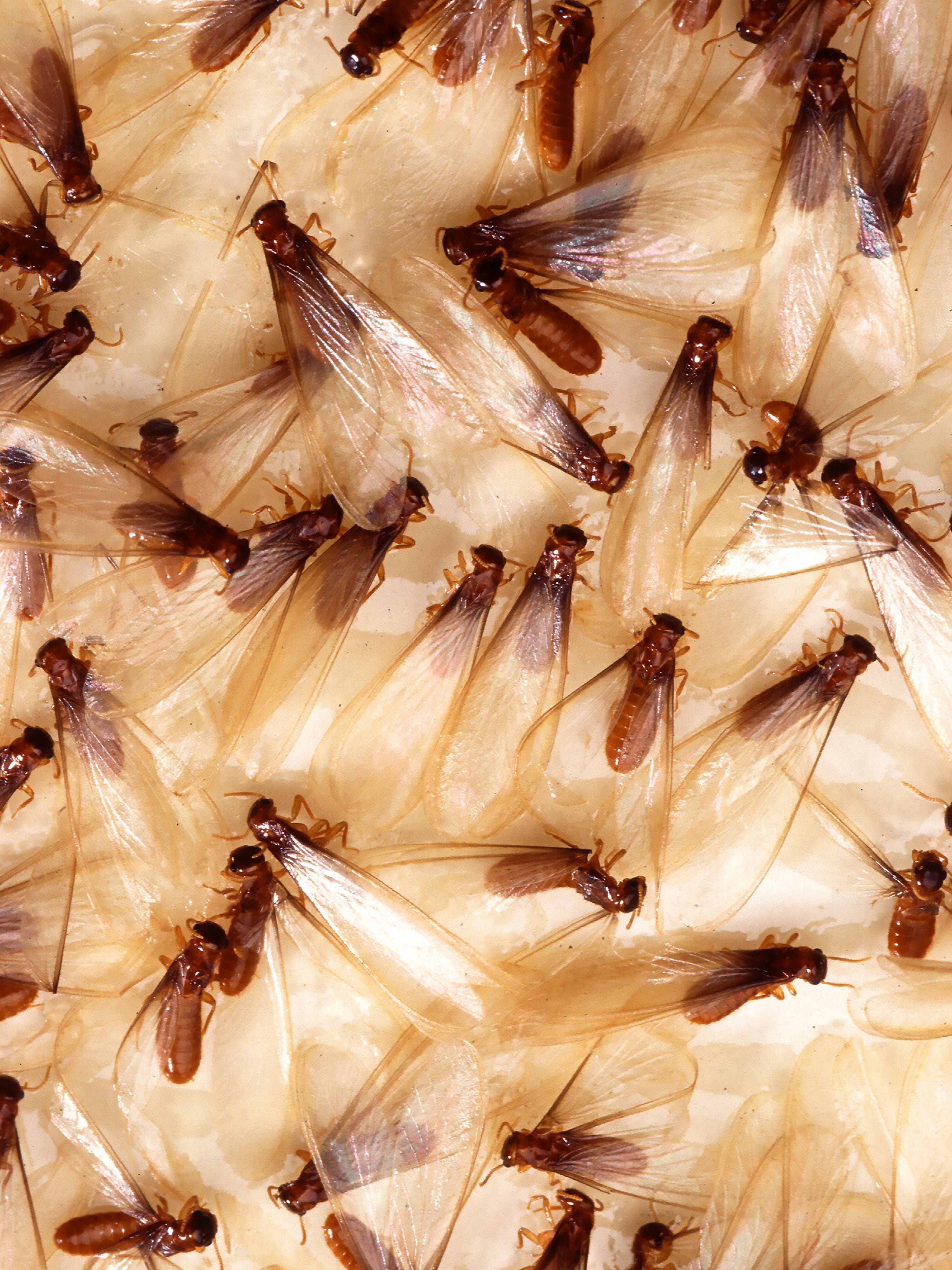
| Month | Region |
|---|---|
| February | East Texas |
| March | East and Central Texas |
| April | Central and South Texas |
| May | East and Central Texas |
| June | East and Central Texas |
| July | East and Central Texas |
In Texas, termites typically swarm in late winter and early spring. The exact timing of swarming depends on the region of the state and the species of termite. In East Texas, swarming usually occurs in February. In Central and South Texas, swarming usually begins in March and continues through April. In East and Central Texas, swarming usually resumes in May and continues through June and July.
Different Varieties of Termites in Texas
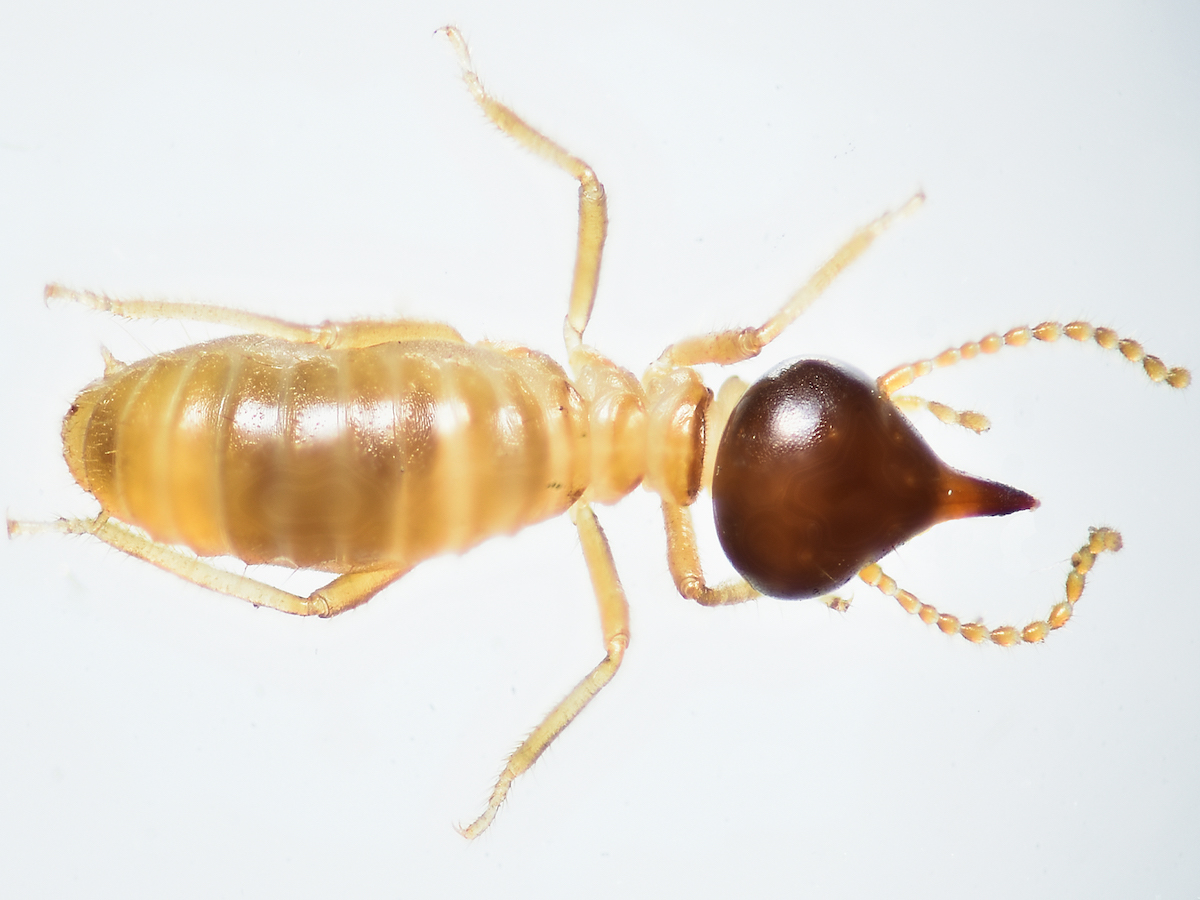
South Texas Termites
South Texas is home to several species of termites, the most common being the Subterranean, Drywood, and Formosan termites. Subterranean termites are the most destructive, often infesting structures and destroying wood. Drywood termites are found in drier climates and feed on wood, paper, and other cellulose-based items. Formosan termites are an invasive species that can cause extensive and costly damage to homes and other structures.
Termites and Their Behaviors
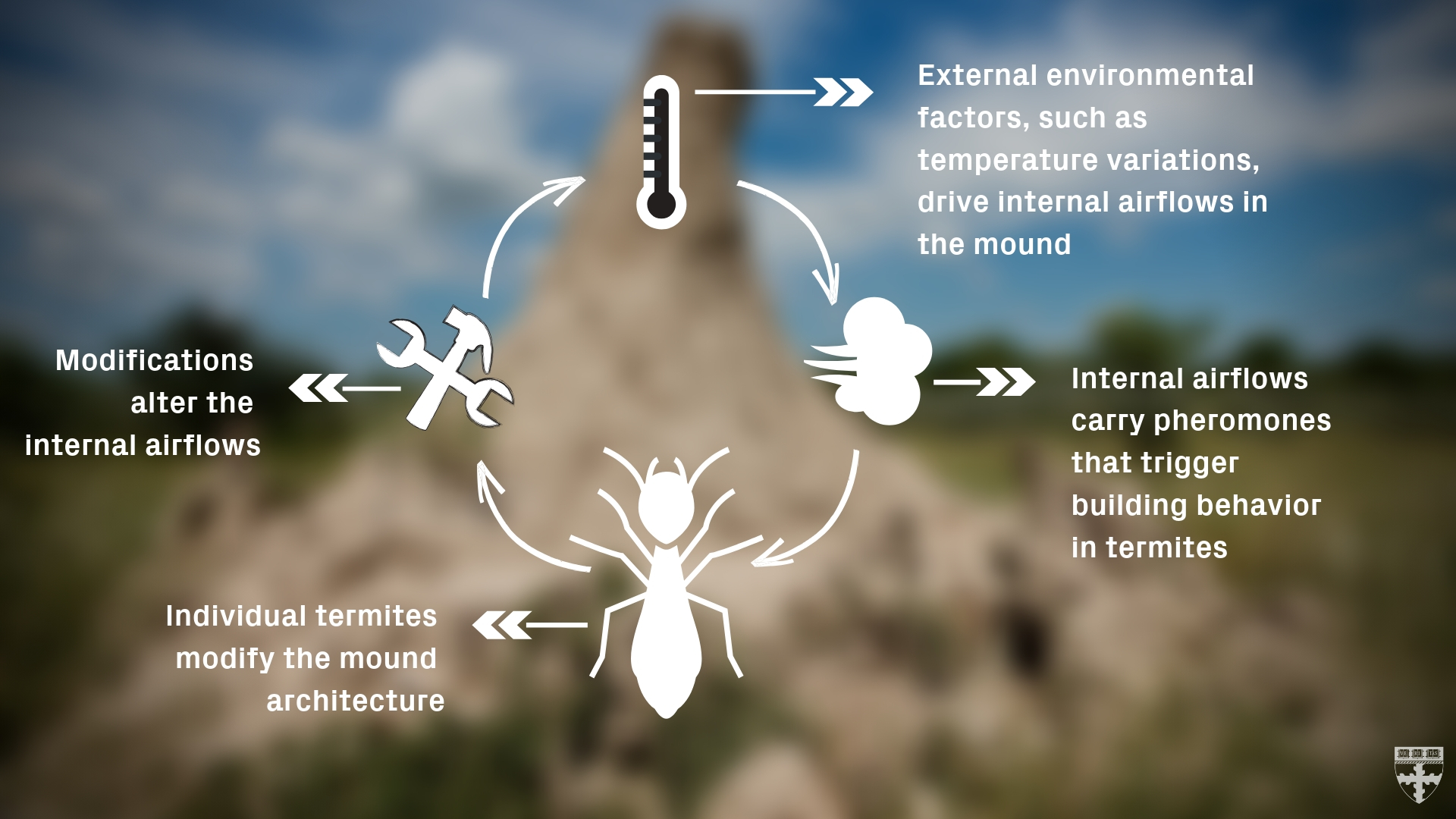
Termites are social insects that live in colonies. They are known for their destructive behavior, causing significant damage to buildings and other wooden structures. In Texas, there are three main species of termites: subterranean, drywood, and dampwood.
Subterranean Termites
Subterranean termites live in the soil and build nests underground. They require a moist environment and need to be in contact with soil. To gain access to food, they build mud tubes to travel between the soil and the food source. They are the most common type of termite found in Texas and cause the most damage.
Drywood Termites
Drywood termites are found in dry, aboveground wood and wooden structures. They don’t require contact with soil and are capable of surviving in dry environments. They build their nests in wood and wood debris and can cause serious damage to buildings and furniture.
Dampwood Termites
Dampwood termites are usually found in damp or decaying wood. They are not as destructive as other termite species and are not considered a major pest. They are found in areas with high humidity, such as in attics and crawl spaces.
Behaviors
Termites have several behaviors that make them difficult to control. They are capable of building nests quickly and reproducing quickly, which can lead to a rapid infestation in a short period of time. They are also capable of building nests in hard-to-reach areas, such as in walls and ceilings, making them difficult to detect.
Termites also have a complex social structure, which allows them to communicate and work together as a colony. This allows them to work quickly and efficiently, leading to more damage in a shorter period of time.
Control
Due to their destructive behavior, it is important to take steps to prevent and control termites. This includes removing sources of moisture, such as leaky pipes and water-damaged wood, and sealing cracks and crevices in walls and foundations. Regular inspections for termite activity can also help to detect an infestation early and prevent further damage. Professional pest control services can also help to identify and control termite infestations.
Table:
| Termite Species | Habitat | Damage Potential |
|---|---|---|
| Subterranean | Soil, moist environments | High |
| Drywood | Dry, aboveground wood | High |
| Dampwood | Damp or decaying wood | Low |
Signs of a Termite Infestation
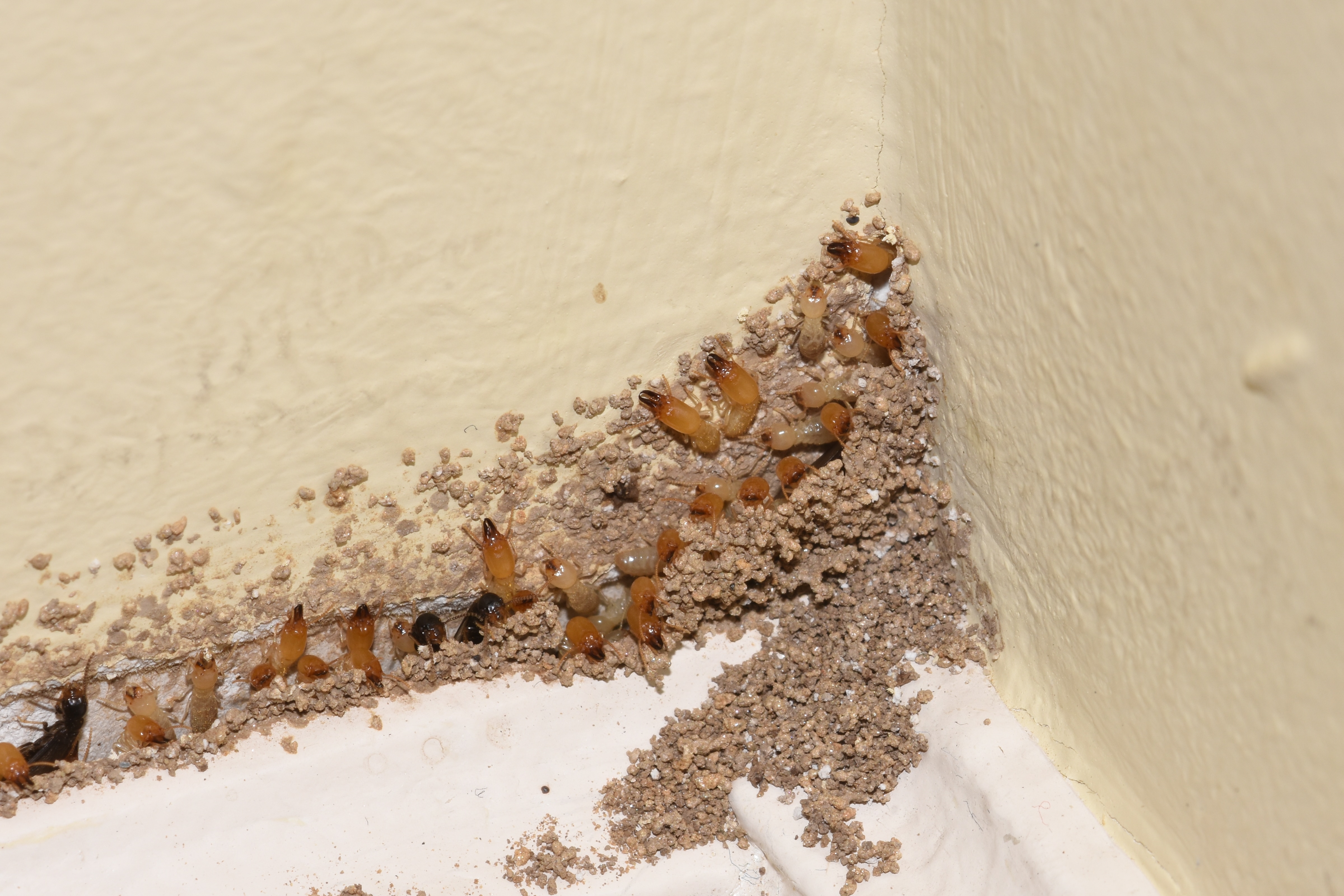
| Sign | Description |
|---|---|
| Mud Tubes | Termites create mud tubes to reach food and water sources. They are most often found on exterior walls, near the foundation, or in crawl spaces. |
| Damaged Wood | Termites feed on wood, so they can cause significant structural damage. Look for wood that is soft, hollow, or has been chewed through. |
| Swarmers | Swarmers are winged termites that are sent out to mate and reproduce. If you see these in your home, you likely have an active infestation. |
| Discarded Wings | After mating, swarmers discard their wings. Seeing large amounts of wings near windows and doors is a sign of a termite infestation. |
| Frass | Frass is termite droppings. It looks like sawdust and is left behind as they feed on wood and other materials. |
Treatment for Termites
- Identify the type of termites present and their location.
- Conduct a thorough inspection of the area.
- Replace damaged wood with treated wood.
- Remove any sources of moisture near the infested area.
- Inject insecticide into the infested area.
- Use baiting systems to eliminate colonies of termites.
- Install a barrier around the foundation to prevent future infestations.
- Monitor the area regularly for any new signs of infestation.
Prevention of Termites
The most effective way to prevent termites in Texas is to eliminate any potential sources of food or shelter. Make sure to keep all wood products, including firewood, away from the home, and ensure that any potential sources of moisture, such as leaky pipes and gutters, are properly maintained. Additionally, use of a chemical barrier, such as a termite bait or spray, may be necessary to keep termites away from the home. Regular inspections of the home and property are also essential in order to detect any potential termite infestations.
Frequently Asked Questions
Are Flying Termites Common in Texas?
Flying termites, often called swarmers, are a common sight across Texas. These winged insect reproductives are a sign of a mature termite colony and are usually seen when the weather is warm and humid. They may be confused with flying ants, but are distinguishable by their straight antennae and two pairs of equal-sized wings. While they do not cause damage to structures, they may indicate an infestation in the area.
What Type of Termites are Most Common in Texas?
Subterranean termites are the most common type of termite in Texas. They typically enter homes through cracks in the foundation or from underground tunnels built from the soil to the wood of the structure. Other common types of termites in Texas include drywood termites, which typically enter homes through openings in the eaves and attics, and Formosan termites, which enter homes through expansion joints and cracks in the foundation.
What are the signs of Drywood Termites in Texas?
Signs of drywood termites in Texas include discarded wings, irregularly shaped holes in wood, and piles of fecal pellets near infested wood. They can also sometimes be seen crawling around infested wood. Drywood termites are usually found in more temperate climates in the southern and western regions of the United States.
Are there any preventative measures for termites in Texas?
Yes, there are preventative measures for termites in Texas. Homeowners should inspect their property for signs of termites on a regular basis. Removing any dead wood, stumps, and debris from the yard is important to reduce the risk of an infestation. Proper ventilation and insulation of the home can also help to prevent termites from entering. Applying an appropriate pesticide around the foundation of the home can also help to deter termites. Additionally, using a termite-resistant wood in the structure of the home can help to reduce the risk of an infestation.
When is the Peak Time for Termites to Swarm in Texas?
Termites in Texas begin to swarm from late February through early April. However, peak swarming activity is typically concentrated in March when temperatures are warmest. This is when home and business owners should be most vigilant in spotting swarms and checking for signs of infestation. Swarming is the termites’ reproductive process and is a sign of a large, established colony. Therefore, it is imperative to contact a pest professional as soon as possible to control the termites and prevent further damage.
Conclusion
Termites can cause extensive damage to homes and other buildings in Texas, and it is important for homeowners to be aware of the types of termites that live in the area and the signs and symptoms that point to an infestation. Homeowners should also be aware of the preventative measures they can take to protect their homes from termites, such as avoiding water damage in the foundation and exterior walls, and having an annual inspection from a licensed pest control professional. By understanding the risks termites pose and taking the necessary precautions, homeowners can protect their homes from the destruction that can be caused by these pests.
- All Tex Pest – Information about termite infestations in Texas.
- Texas Department of Agriculture – Guidelines for termite control in Texas.
